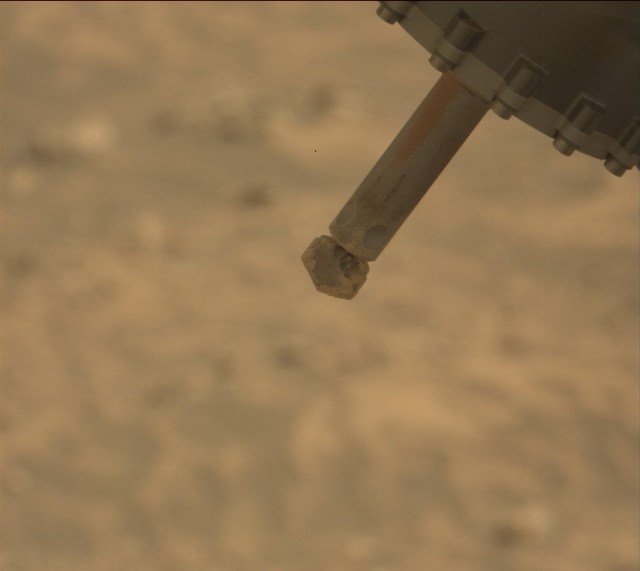The New Moon is Saturday, July 6. Earth is at aphelion on the 5th. Mercury is visible in the evening twilight and is close to the crescent Moon on the 11th. Saturn enters the evening sky around 11pm, but is still best in the morning. In a telescope Saturn’s famous rings are almost edge on. In the morning the lineup of planets is Saturn, Mars and Jupiter. Jupiter is between the red star Aldebaran and the Pleiades cluster. It forms a second “eye” for Taurus the Bull.
The New Moon is Saturday, July 6. Earth is at aphelion, when it is furthest from the Sun on the 5th.
Western evening
sky on Thursday, July 11 as seen from Adelaide at 17:48 ACST (30 minutes
after sunset, click to embiggen).
Mercury is well above the western horizon at the end of civil twilight, and is still visible at nautical twilight an hour after sunset. The crescent Moon is above Mercury and Venus is low on the horizon. You will need a level unobstructed horizon to see Venus, and possibly binoculars.
Similar views will be seen from the rest of Australia at the equivalent local time (30 minutes after sunset).
Morning
sky on Thursday, July 4 as seen from Adelaide at 06:24 ACST, (60 minutes
before sunrise, click to embiggen). Saturn and Mars are readily visible. Jupiter is between the red star Aldebaran and the Pleiades cluster with the crescent moon forming a line with Jupiter and Mars.
Similar views will be seen from the rest of Australia at the equivalent local time (60 minutes before sunrise).
Whole sky on Saturday, July 6 as seen from Adelaide at 18:48 ACST, 90 minutes after sunset (click
to embiggen). Bright Sirius is lost to view. Scorpius now dominates the Eastern horizon. The Southern Cross is prominent in the Southern sky. Between the bright star
Canopus and the Southern Cross are a wealth of binocular objects to
discover. The fainter clusters are now visible with the Moon being new.
Elsewhere
in Australia will see a similar view at the equivalent time (90 minutes after sunset).
Mercury returns to the evening twilight and is close to the crescent moon on the 11th.
Venus returns low in the evening twilight.
Mars is rising in the morning sky but is heading towards Jupiter.
Jupiter is rising in the the morning twilight sky. Jupiter is between the red star Aldebaran and the Pleiades cluster. The crescent Moon forms a line with Jupiter and Mars on the 4th.
Saturn climbs higher in the late evening sky.
Labels: weekly sky










